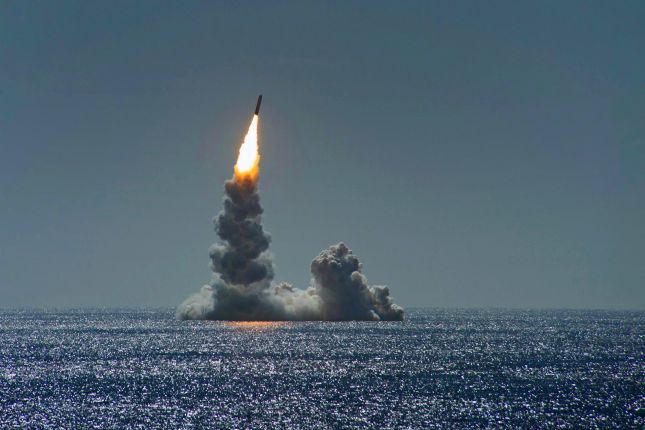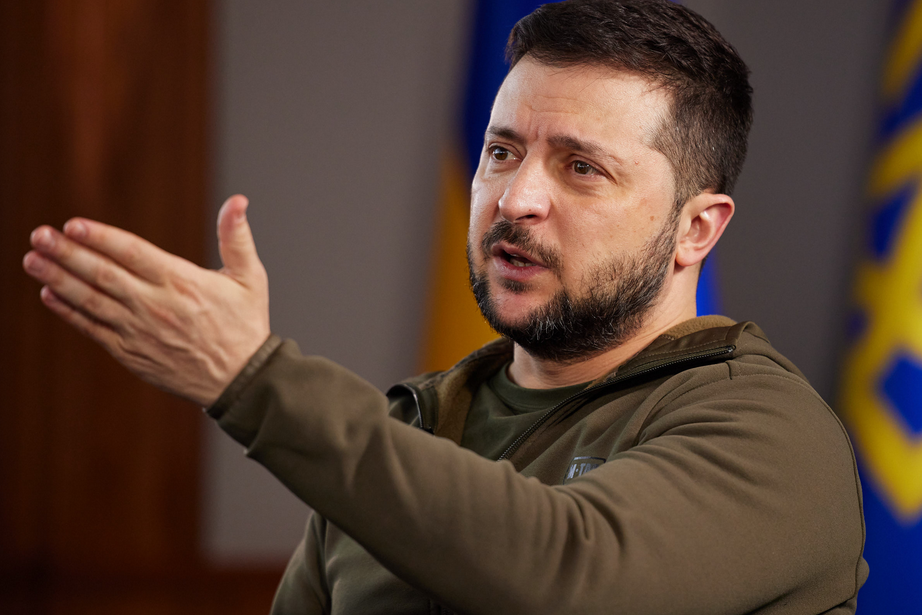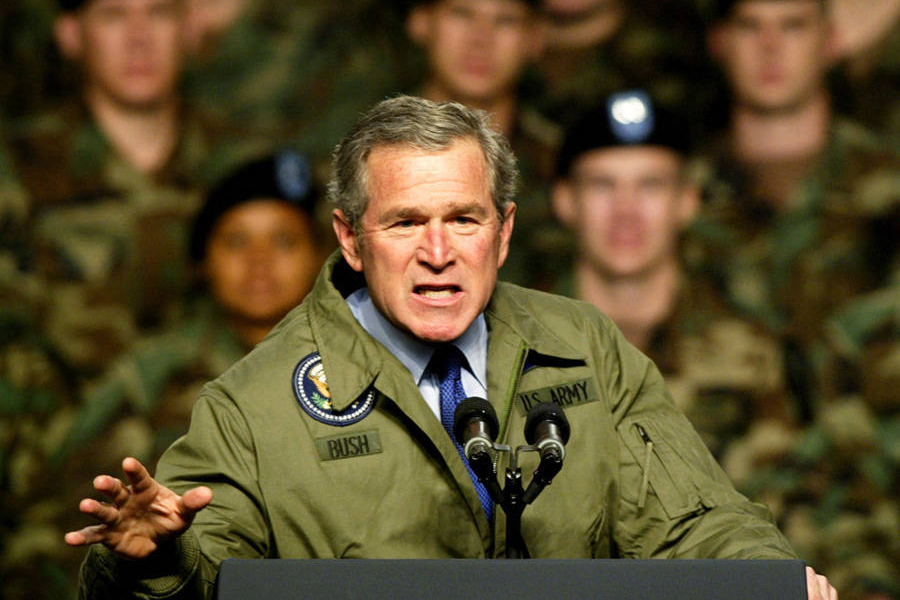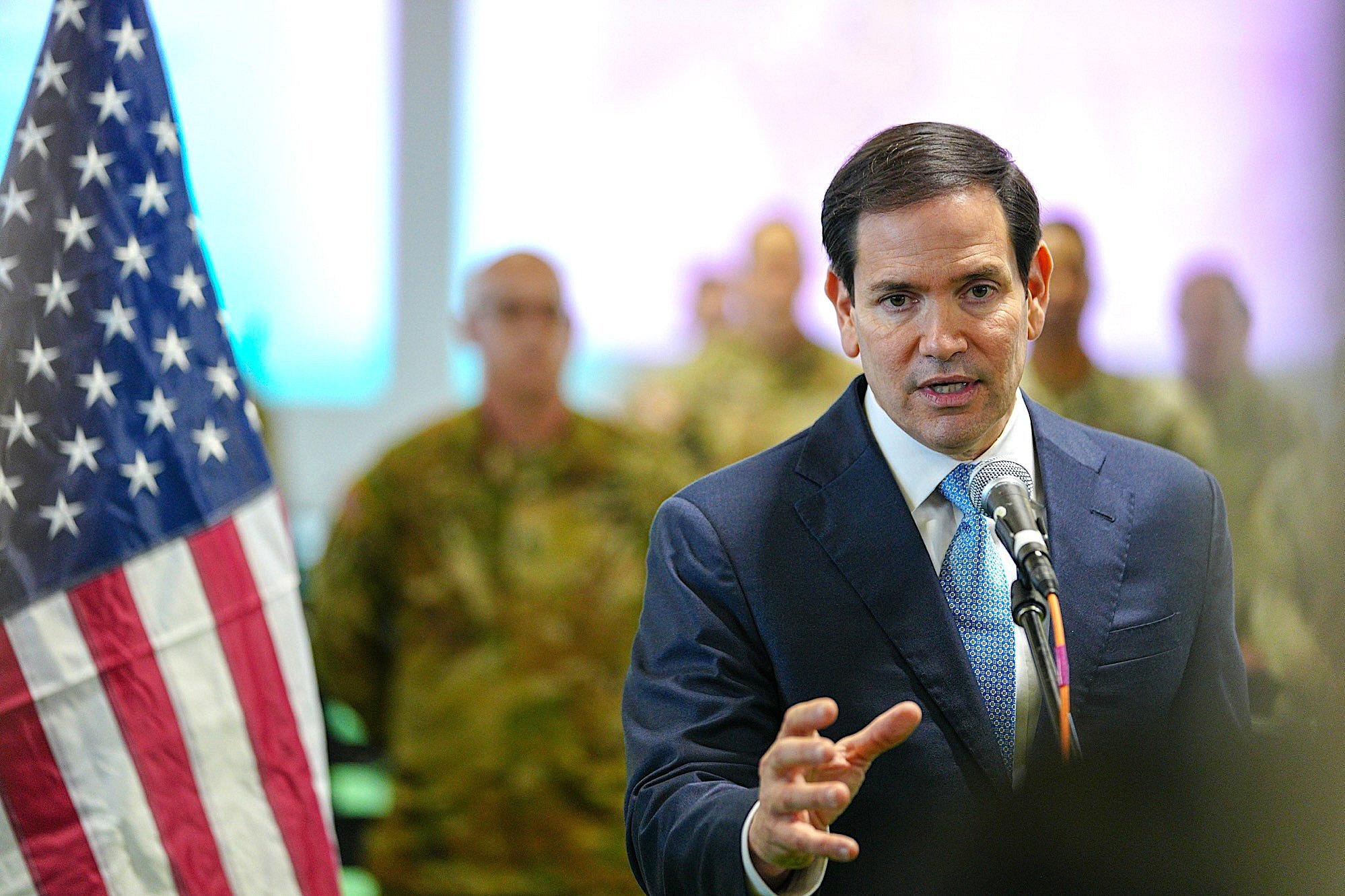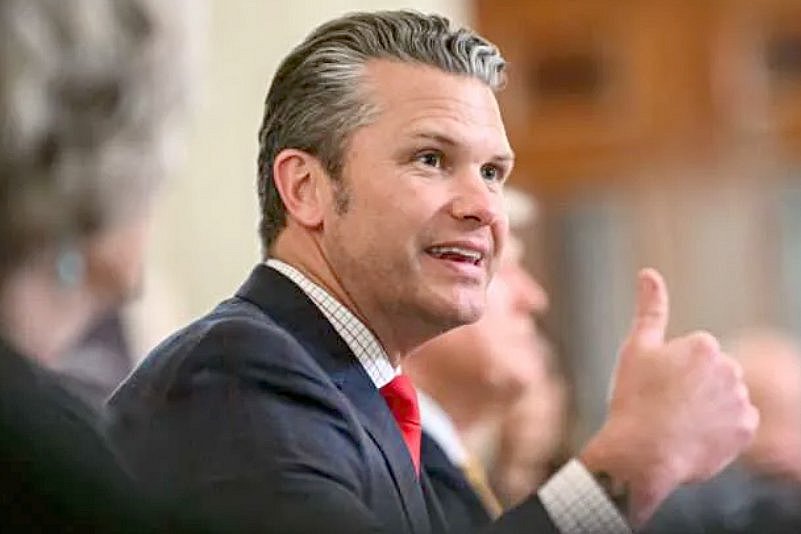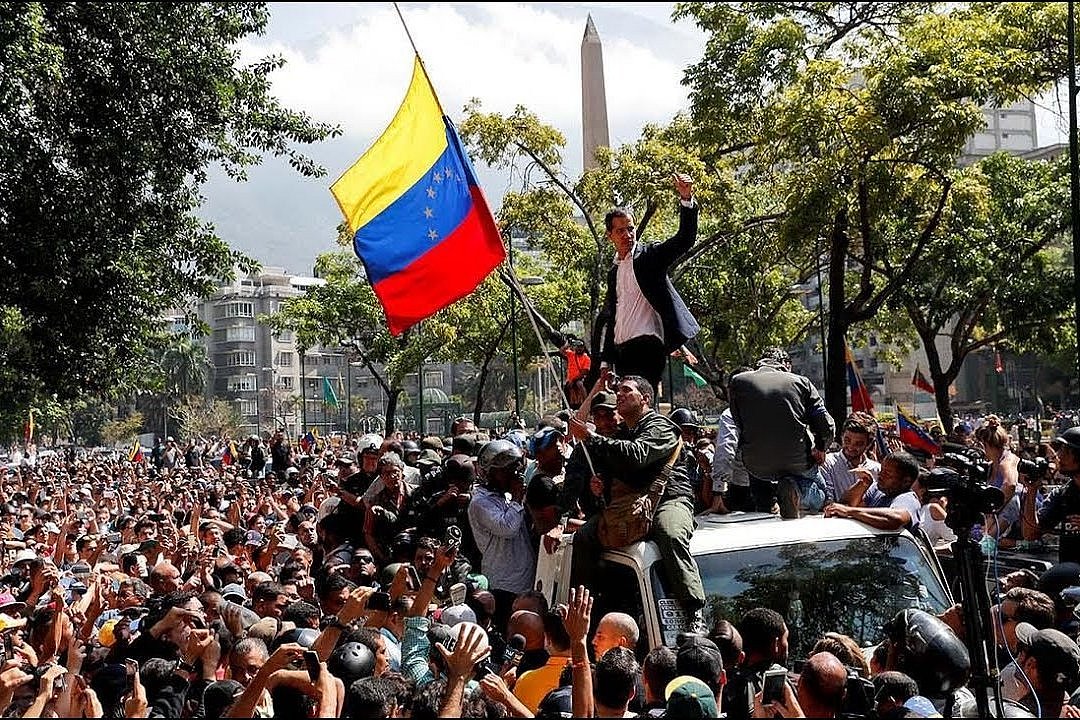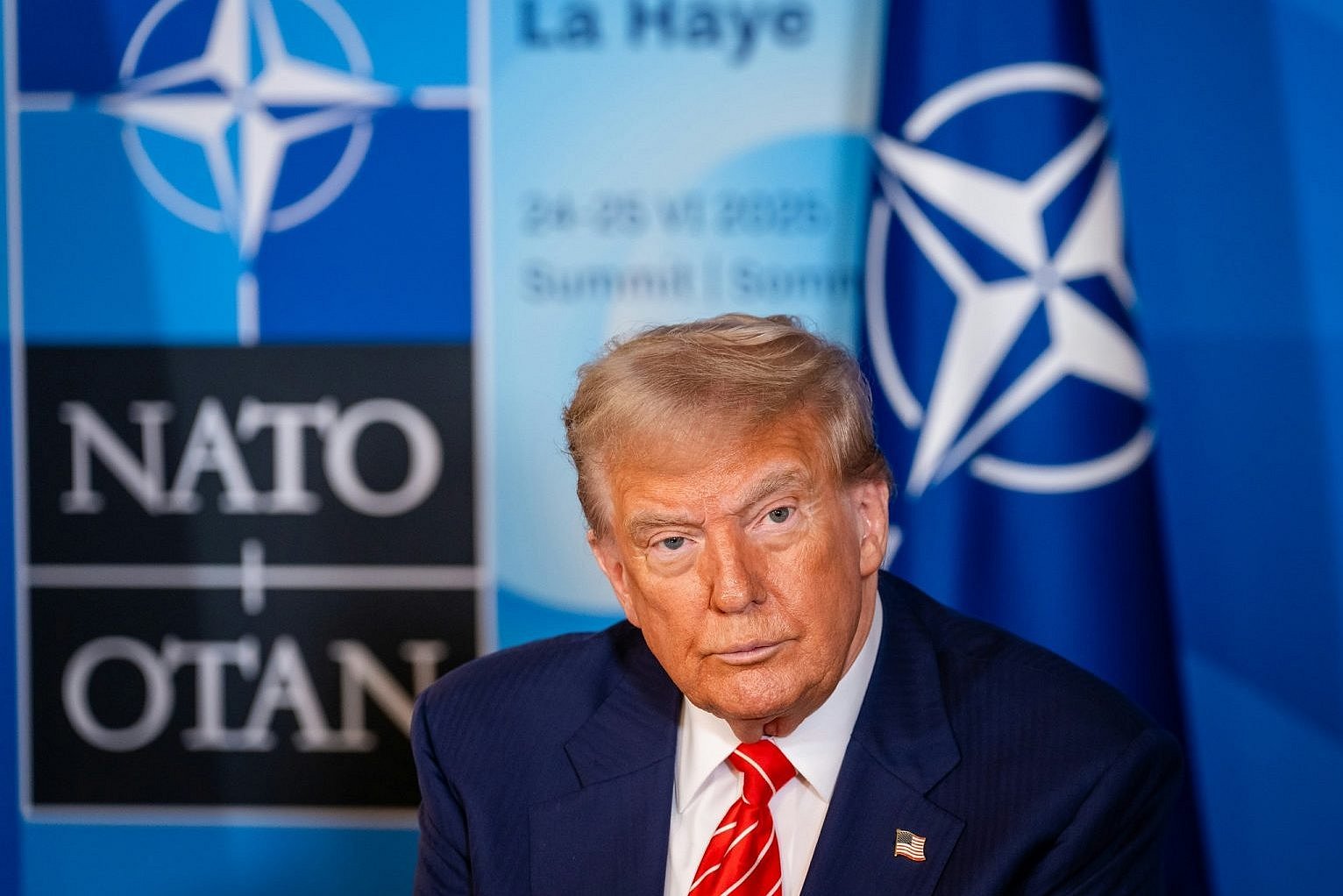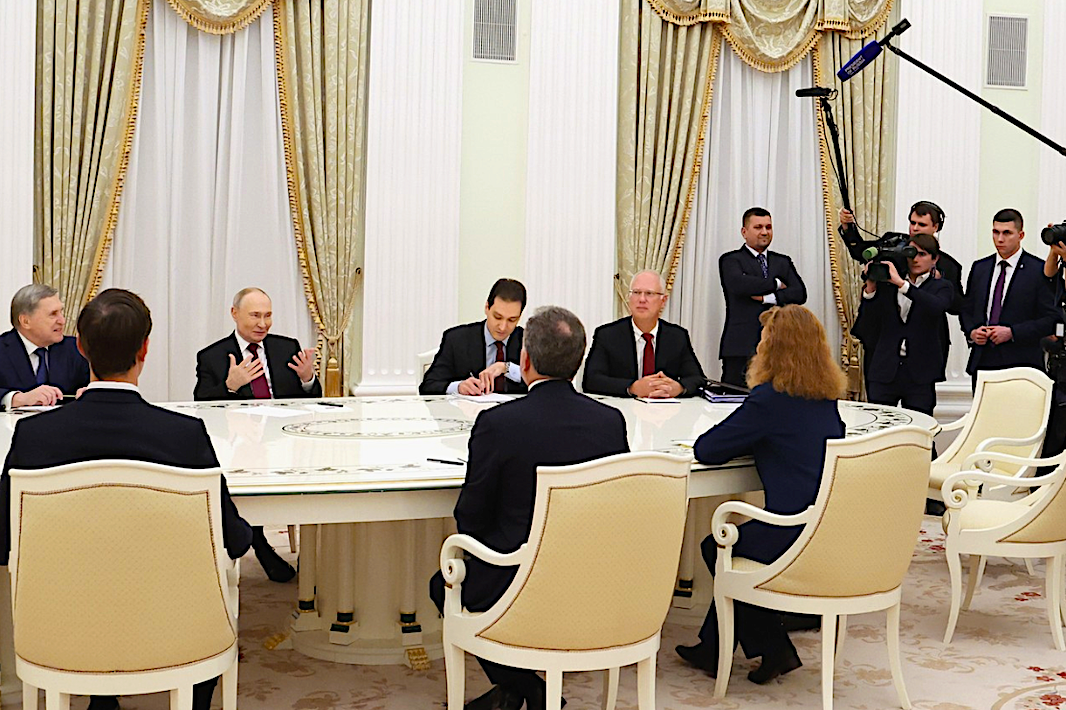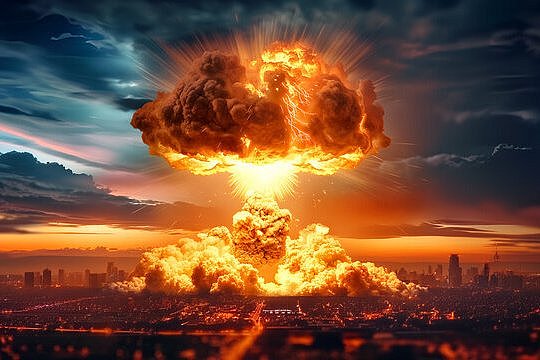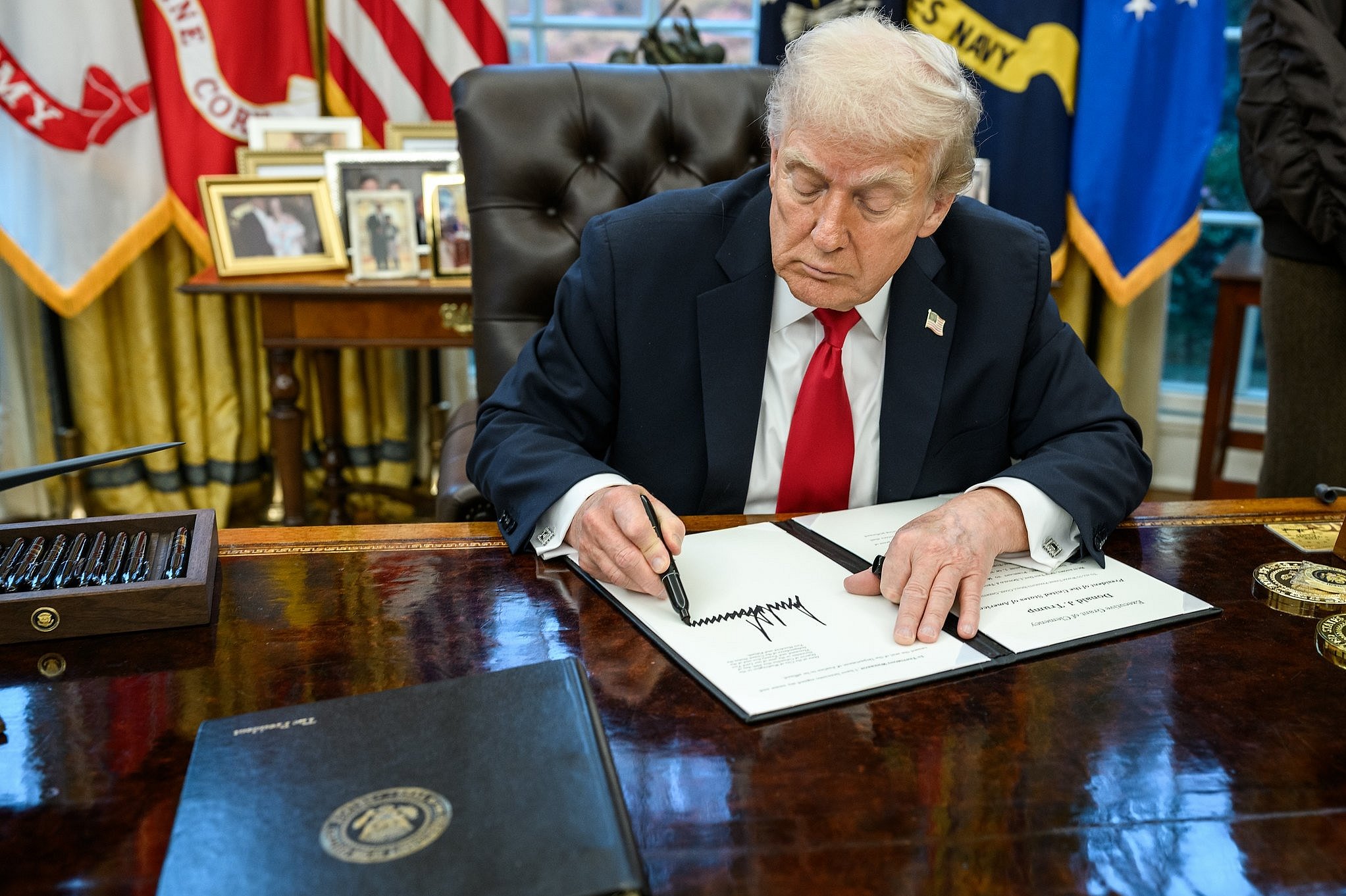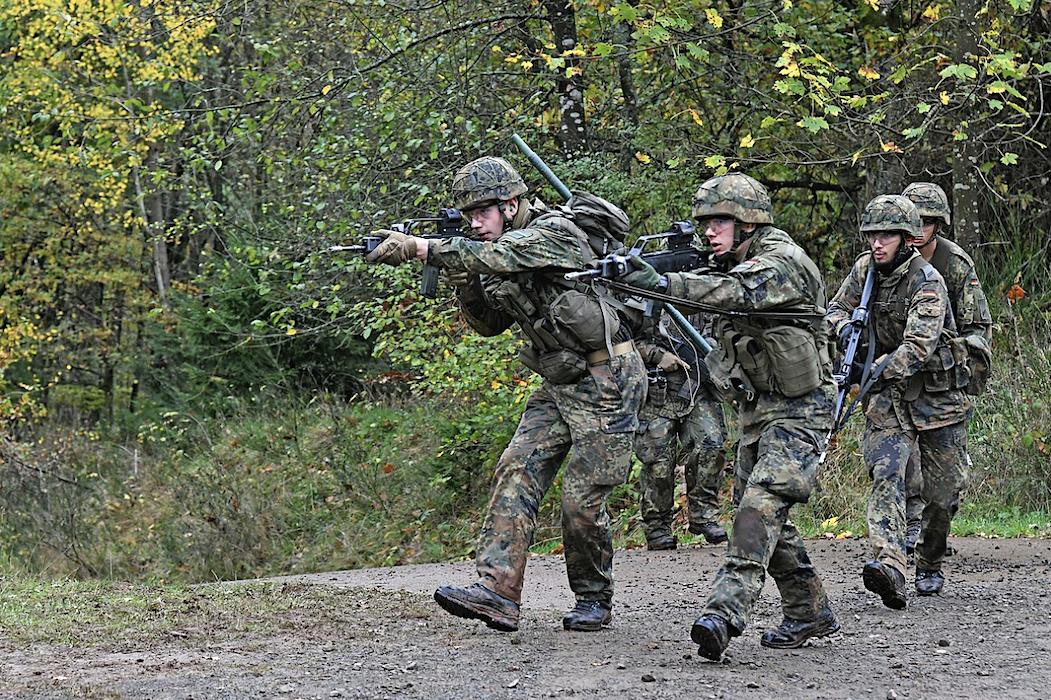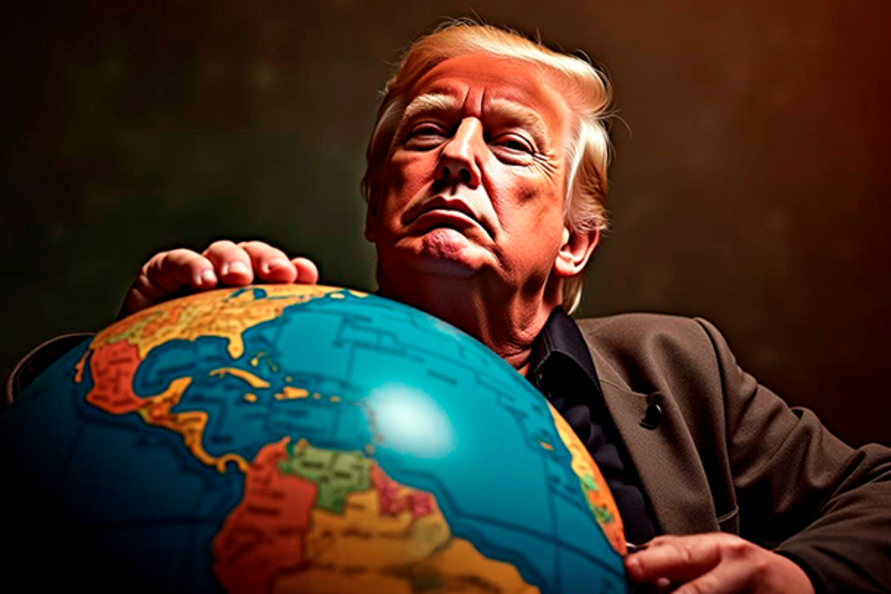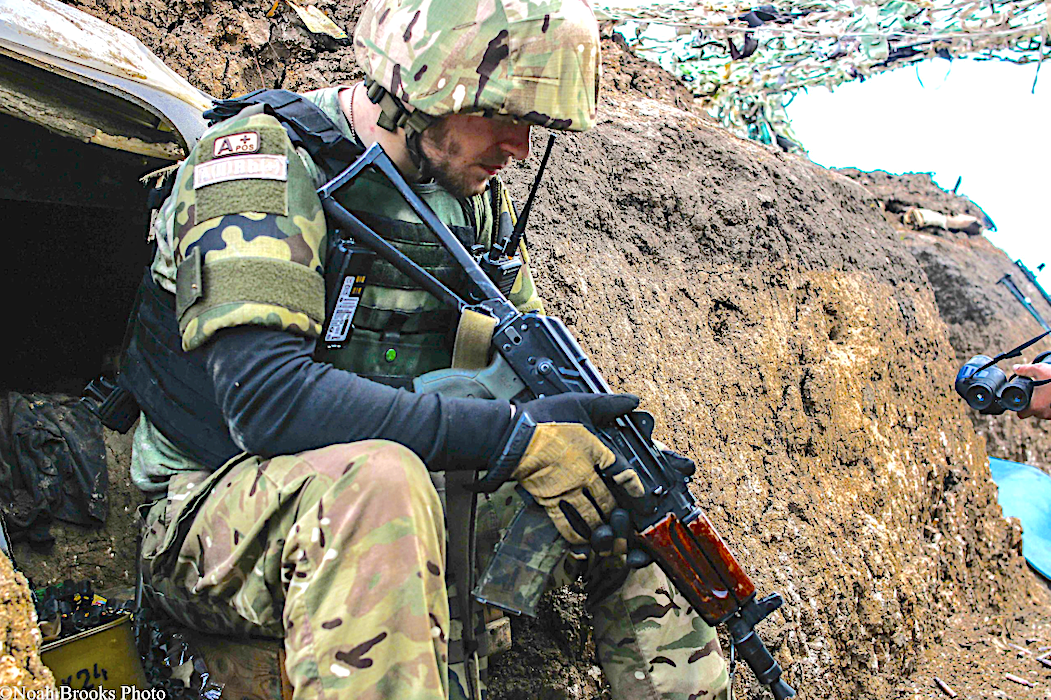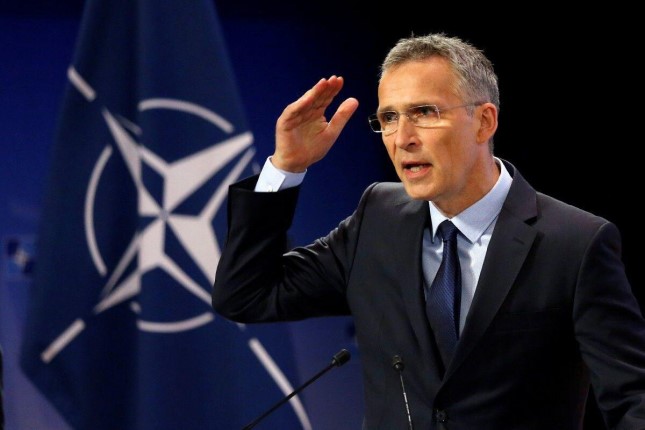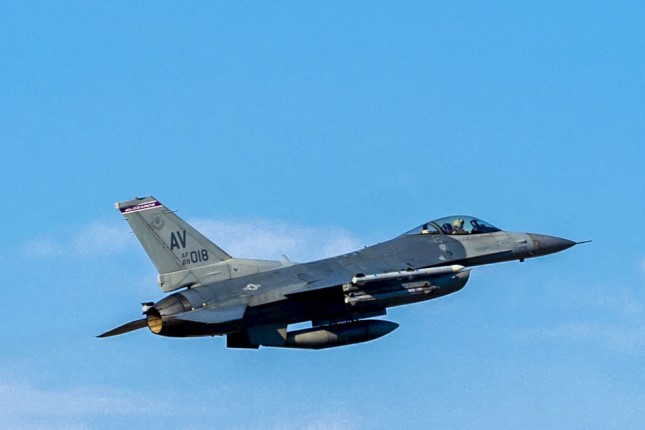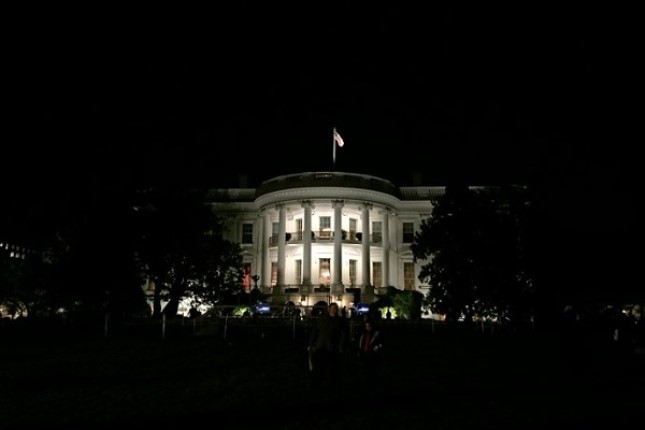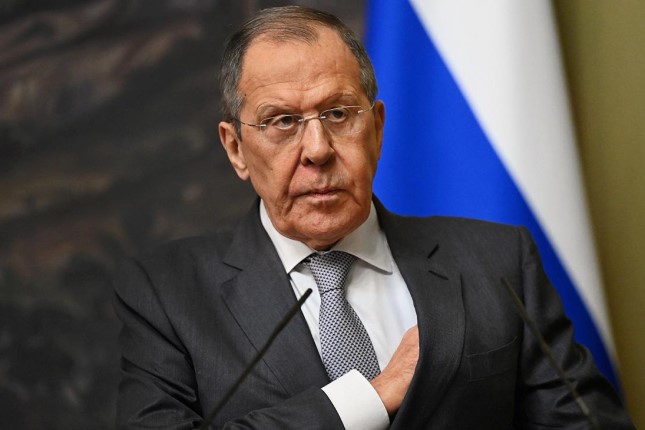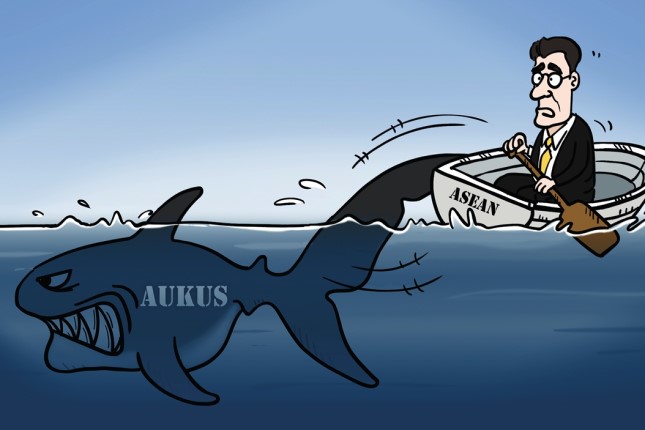The last remaining nuclear arms control treaty between the United States and Russia — New START — is set to expire on Feb. 5, 2026.
This treaty, which caps the nuclear arsenals of both nations at 1,550 deployed strategic nuclear weapons each, was signed back in 2010, during the administrations of U.S. President Barack Obama and Russian President Dmitri Medvedev. At that time, the two nations were engaged in what proved to be an abortive “reset” of relations.
But the underlying problems which prompted the need for a reset — NATO expansion, continued U.S. pursuit of hegemony disguised as a “rules based international order” and a general U.S. disregard for arms control as a necessary mechanism of global stability — were never fully addressed, and new problems emerged (such as the reemergence of Vladimir Putin as the president of Russian, Russian intervention in Syria and the conflict in Ukraine) which made a reset impossible.
Instead, relations between the two nuclear-armed world powers worsened, and today the U.S. finds itself in a proxy war with Russia in Ukraine that threatens to go nuclear at any moment should either side make a mistake or miscalculation. Both nations find themselves on the cusp of a new nuclear arms race, and the only thing that holds them back is a treaty set to expire and no new treaty on the horizon.
On Sept. 22, Russian President Vladmir Putin, speaking to his Security Council, declared that “to avoid provoking a further strategic arms race and to ensure an acceptable level of predictability and restraint, we believe it is justified to try to maintain the status quo established by the New START Treaty during the current, rather turbulent period.” Putin said Russia is prepared to stick by the treaty’s limits for one more year after it expires.
As of the end of September, the Trump administration had yet to formally respond to Putin’s offer regarding New START. The closest thing to a response was a comment made by President Donald Trump to the press when asked about Putin’s offer. “Sounds like a good idea to me,” Trump told reporters as he departed the White House.
The lack of an official response from the Trump administration regarding a moratorium on retaining the New START caps on deployed nuclear weapons is disconcerting, since the purpose of the moratorium isn’t to simply prevent an arms race in the short term, but also buy time for negotiations that would result in a new treaty framework that takes into account the complexities surrounding the issue of nuclear weapons and arms control today.
Putin: Bring China in Too
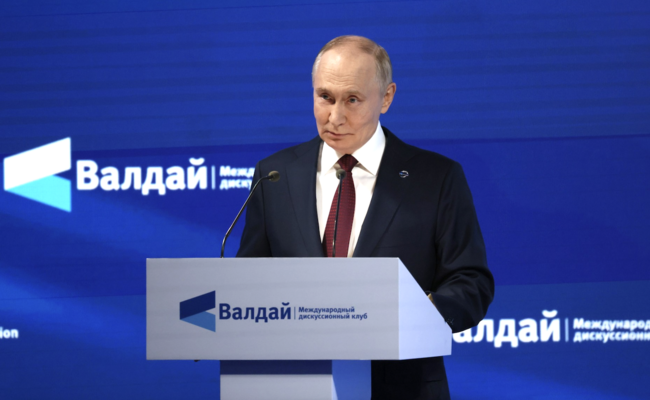
President Putin reflected on this reality in comments made to a question asked on Oct. 3 at the Valdai Discussion Club in Sochi, Russia. “If the U.S. administration responds to our proposal, what will happen in a year, I can foresee,” Putin said.
“But what happens beyond that, it’s hard to tell. There are a lot of things left to figure out. If we know that there are people in the U.S. who say that they don’t need any kind of arms control, then neither do we. Overall, we’re okay. We are sure of our nuclear shield. We know what we need to do tomorrow and after that.”
Putin then hinted at the complexities that would attach to any new agreement. “There is,” Putin noted,
“also an international aspect. Please convince China to join the system of the limitation of strategic arms. Whoever wants China to join it, please feel free to negotiate with them. If we need to involve China in it, why are we leaving the French and the U.K. nuclear potential behind? They’re NATO members by the way. They want to provide their nuclear umbrella for the whole of Europe. So, there are a lot of complicated details that need a detailed look. If they want to maintain their status quo for a year, we’re ready and we’re willing. If not, okay, we have a parity.”
Arms control is serious business, and at this juncture President Trump is not being well served by his administration, something made clear by recent statements made by both Trump’s vice president, J. D. Vance, and Trump’s special envoy for Ukraine, Keith Kellogg.
Commenting on media reports that Ukrainian President Volodymyr Zelensky asked Trump to supply Ukraine with BGM-109 Tomahawk land attack cruise missiles, Vance stated that the U.S. was considering the request.
“We’re certainly looking at a number of requests from the Europeans. And one of the things, again, that I think has really worked about the president’s policy in Ukraine and Russia is that it’s forced the Europeans to step up in a big way,” Vance said. “It’s something the president’s going to make the final determination on.”
Chop the Tomahawks
Retired Army General Keith Kellogg, Trump’s special envoy to Ukraine, noted that while no decision had yet been made on the potential provision of Tomahawk long-range missiles to Ukraine, and that the final word rests solely with President Trump, if Tomahawks were sent to Ukraine and authorization granted for them to be used against targets inside Russia, it would “change the dynamics” of the Russian-Ukraine conflict by adding a level of “uncertainty.”
At the same time the U.S. is reportedly considering the provision of Tomahawk missiles to Ukraine, other media reports claim that the Trump administration has agreed to provide Ukraine with intelligence on long-range energy infrastructure targets in Russia and has asked its NATO allies to provide similar support.
The statements of J. D. Vance and Keith Kellogg, when combined with the reports about the U.S. provision of intelligence to Ukraine that could be used to target the Tomahawks, threatens to destroy any chance of a New START moratorium, let alone a new strategic arms control treaty, before any effort could get underway.
As President Putin declared at the Valdai Club,
“Using Tomahawks without direct involvement of the U.S. officers is impossible. Which means a completely new, qualitatively new stage of escalation, including in relations between Russia and the United States.”
It should be noted that in December 2024 President-elect Trump, when asked by Time Magazine in an interview published on Dec. 12, 2024, about the Biden administration’s decision to allow Ukraine to use U.S.-provided ATACMS missiles to strike targets inside Russia, declared the following:
“I disagree very vehemently with sending missiles hundreds of miles into Russia. Why are we doing that? We’re just escalating this war and making it worse. That should not have been allowed to be done. Now they’re doing not only missiles, but they’re doing other types of weapons. And I think that’s a very big mistake, very big mistake.”
The Trump administration appears to be on the cusp of making an even greater mistake, one that violates the very logic he appeared to embrace when he opposed the U.S. providing ATACMS missiles and intelligence support for their subsequent targeting to Ukraine.
Action by Congress
Congress should be called upon to pass a resolution banning the U.S. from providing the Tomahawk missile to Ukraine, as well as providing intelligence support to assist Ukraine in targeting these and other missiles. The language of such a resolution should be nearly identical to that used in H.R. 10218, which was introduced on Nov. 21, 2024, by Representative Clay Higgins of Louisiana and subsequently referred to the Committee on Foreign Affairs.
A possible House Resolution prohibiting the transfer of Tomahawk missiles and the provision of U.S. intelligence and mission support to Ukraine that could be used to facilitate the targeting of U.S.-supplied weapons systems could look like this:
“To prohibit the transfer of BGM-109 Tomahawk Land Attack Missiles, and for other purposes.
Be it enacted by the Senate and House of Representatives of the United States of America in Congress assembled,
SECTION 1. Prohibition on transfer of BGM-109 Tomahawk Land Attack Missiles systems to Ukraine.
(a) Prohibition. — For the period beginning on the date of the enactment of this Act and ending at the close of August 30, 2026, notwithstanding any other provision of law, during any period for which a state of conflict exists between Ukraine and the Russian Federation—
(1) no BGM-109 Tomahawk Land Attack Missiles may be transferred to Ukraine; and
(2) U.S. Military Services or intelligence agencies may not provide support to Ukrainian units operating High Mobility Artillery Rocket Systems (HMARS) platforms utilizing ATACMS munitions to strike outside of internationally recognized Ukrainian territorial borders —
(A) targeting intelligence support;
(B) mission planning support; and
(C) any other type of support.”
Void of any outside intervention, there is a danger that the Trump administration, acting in a policy vacuum when it comes to the overall issue of arms control and the absolute necessity of preserving the New START caps regarding deployed strategic nuclear missiles, will engage in peripheral actions that will kill any chance of sustaining what is left of the strategic nuclear arms control architecture between the US and Russia.”
Congressional intervention is needed to wake up the Trump administration about the inconsistency of its policy positions regarding the supply of long-range missiles to Ukraine and the danger such policies pose to the larger issue of strategic nuclear arms control.
It could also jolt the Trump administration into addressing Putin’s offer of a New START moratorium, and the need to begin a comprehensive review of US arms control policies and priorities.
The consequences of doing nothing are dire — the U.S. and Russia are engaged in a proxy war in Ukraine that threatens to invoke the nuclear doctrines of both nations. If New START expires, a new unconstrained nuclear arms race will assuredly occur, one which will see both nations engaged in destabilizing actions which could be viewed as existentially threatening.
One mistake, one miscalculation, and the world could very well find itself confronting the horrific reality of a nuclear Armageddon.
Let’s give peace a chance.
Source: Consortium News.
